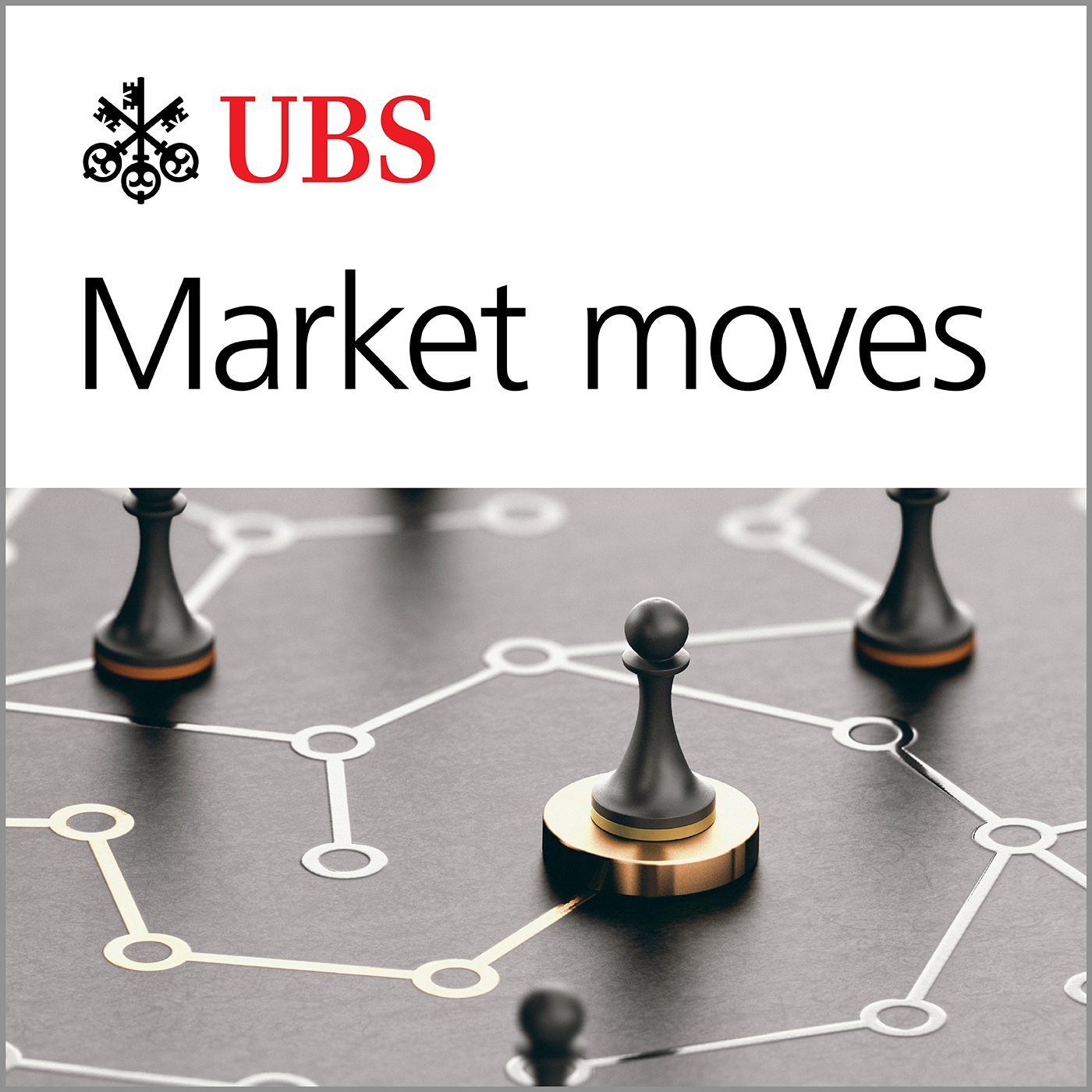UBS On-Air: Paul Donovan Daily Audio 'Well….'

UBS On-Air: Market Moves
Deep Dive
Shownotes Transcript
Good morning. This is Paul Donovan, Chief Economist at UBS Global Wealth Management. It's seven o'clock in the morning London time on Thursday, the 3rd of April. Yesterday's massive tax increase by US President Trump marks a significant interference in the decisions of US consumers. It was perhaps a step along Hayek's road to serfdom. There are four critical points for investors.
One, markets are likely to question the competence of the administration in policy setting. Tariffs were calculated at half the country's trade surplus to the United States divided by their exports to the United States with a minimum threshold of 10%. That is a predictable formula and completely unrelated to anything to do with trade openness.
The Heard and Macdonald Islands, which are uninhabited territory controlled by Australia, were randomly subject to a 10% trade tax. There is no word yet on whether the seal and penguin population intends to retaliate. Investors are at least likely to question whether these are the actions of an administration that has fully grasped the complexities of modern global trade.
Questions of competence must increase the market risk premium around any issue affected by US policy making. Two, the critical question for growth this year is whether these trade taxes last. Trump has shown a tendency to retreat from trade taxes that are visible with almost indecent haste and markets are likely to cling to some hope of that retreat being repeated.
However, the near universal 10% tax on imports suggests there may be a limit to how far Trump retreats this time. The ending of the de minimis tax exemption on the 2nd of May, if carried through, would be a very visible tax to US consumers. If there's no retreat from the tariffs overall, markets will price a US recession.
If there is a retreat, markets will assume US growth will weaken. The extent to which growth falls will depend on second round effects, how significant the retreat is and how quickly it comes. There are exemptions to tariffs.
Steel and autos do not get additional tariffs over and above what has already been set. Critically, Canada and Mexico are exempt as long as they follow the rules of the revised NAFTA deal. That is important because taxing Canadian and Mexican imports would immediately hit food and fuel prices in the United States, creating a very visible inflation shock.
There will now be a lot of negotiations for patronage-style deals to get exemptions both by countries and by sectors. The possibility of negotiating tax reductions is included in the tax announcement.
Russia, which exported $3 billion to the United States last year, should have had a 41% trade tariff on the formula. It is completely exempted from these tariffs. It would appear that Russian President Putin has some strong cards when negotiating with Trump. Trade taxes tend to hit inflation before they hit growth because consumers and companies react to the higher prices.
Assuming tariffs are passed through to end consumers, and it is hard to conceive how they will not do, the direct effect on prices is the change in the effective tariff rate multiplied by the import-to-GDP ratio.
The US imported 11% of GDP last year, so a 15 to 20 percentage point change in the effective tariff rate, which is what seems to be happening without retreats, would raise US price levels by between 1.7 and 2.2%. Second round effects have the potential to matter more, however, and this is where the market and the Federal Reserve's attention needs to focus.
The critical question here is whether US manufacturers raise prices in response to tariffs and whether US retailers engage in profit-led inflation. Most of the consumer price covers activity after production and therefore after trade taxes. So a 10% tariff on finished consumer goods should only mean a 4% increase in stores on average.
That may be more if retailers choose to expand their profit margins. That's all for today. Have a good day. This material has been prepared and published by the global wealth management business of UBS Switzerland AG, regulated by FINMA in Switzerland. Its subsidiaries, or affiliates, collectively referred to as UBS.
In the USA, UBS Financial Services Inc. is a subsidiary of UBS AG and a member of FINRA SIPC. The investment views have been prepared in accordance with legal requirements designed to promote the independence of investment research. This material is for your information only.
and it is not intended as an offer or a solicitation of an offer to buy or sell any investment or other specific product. The analysis contained herein does not constitute a personal investment recommendation or take into account the particular investment objectives, investment strategies, financial situation and needs of any specific recipient.
This material may not be reproduced or copies circulated without prior authority of UBS. Please visit www.ubs.com forward slash CIO hyphen disclaimer to read the full legal disclaimer applicable to this material.